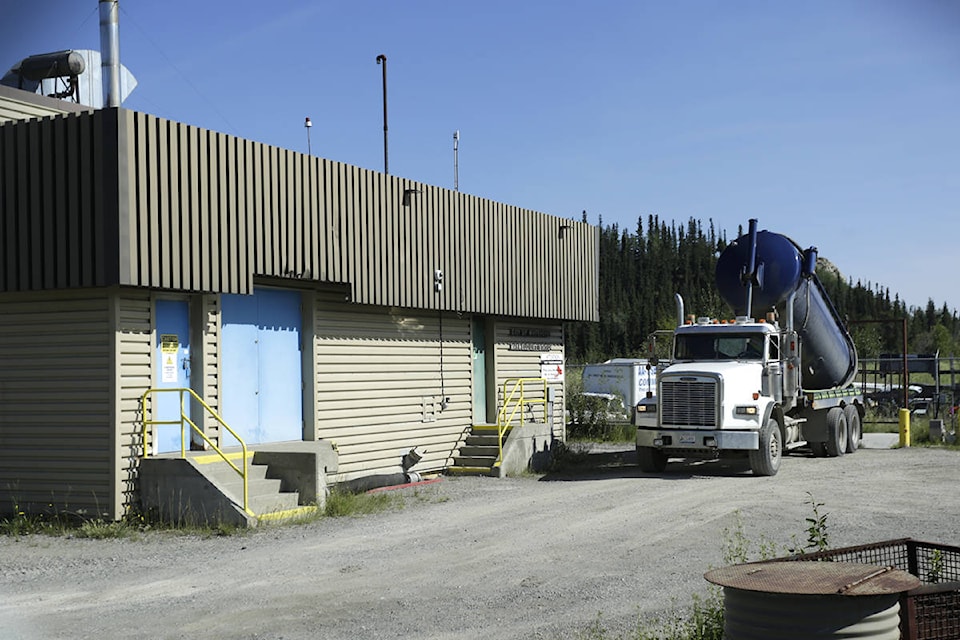Whitehorse city staff are looking for an extra $1 million to be added to the budget for the Marwell lift station repairs and upgrades. If granted, it would bring the bill for the project, initially slated to cost $880,000 when it was first approved in May 2016, to $3.5 million.
The project has been hampered by unforeseen damage and degradation to the pipes and concrete. Delays in work resulting in further complications have driven up the bill. Despite the extra cost, city engineer Taylor Eshpeter assured council that this would all be money well spent, because the station is integral to the city’s water and sewage system. This had some councillors — and some taxpayers — asking what exactly the lift system does.
Constructed in the 1970s, the Marwell lift system essentially acts a conduit for 80 per cent of the city’s waste water and sewage, said Eshpeter. Channeled to the lift system, the waste is then pumped eight kilometres under the ground in a system of pipes that run beneath the Yukon River. Those pipes were found to be in need of replacement, and that’s what prompted the first budget increase to $2.5 million back in December 2016. Further complications arising from these pipes, including higher than estimated costs of replacement, make up $300,000 of the recent request for another $1 million.
Eshpeter said it is critical that the pipes be replaced as soon as possible, as delays run the risk of causing “major pipe failures,” which would allow raw sewage to leak into the Yukon River.
The waste is pumped into the environmental control facility, where it is filtered into lagoons, then down two inlet channels, said Eshpeter, into the wet well.
“The wet well is basically a big concrete holding tank where the waste water sits, allowing for the pumps to draw it out,” said Eshpeter.
The waste is then pumped into primary and secondary holding cells which operate a bit like a large composting outhouse, allowing material to degrade and be treated. Once it is fully treated and safe to re-enter the environment, it is held until the tank is discharged, once a year, into the Yukon River.
The wet well and hasn’t been inspected or cleaned since it was first installed in the 1970s. Part of the requested budget increase — $400,000 — is to pay for a liner spray which would extend the life of the wet well by 20 years, but only if it isn’t already too badly degraded. Adding the spray liner “would prevent costly repairs in the future,” Eshpeter said, but would require renting a temporary pumping system so the well could be emptied and cleaned.
Cleaning the system also requires a “full system bypass,” he said. This requires rerouting everything around the lift station so crews can get inside to work on it. Part of this involves building a bypass vault, which was supposed to be completed this spring, to partially reroute sewage.
But the work was delayed when crews started to dig into the vault and discovered a pipe in the way, which, like much of the piping system, was too degraded to be repaired. As a result the planned bypass vault had to be moved closer to the river. The delay complicated the construction of the vault because ground level waters have since risen, and now work has to be done to reduce this before the work can go forward.
Installing the bypass vault will allow for other bypasses in the future, making repairs and upgrades easier to do, Eshpeter said.
Eshpeter said at the council meeting that there are “lessons to be learned” from the Marwell lift upgrades and that in the future the city will be conducting more tests in order to better predict the lifespan of critical infrastructure like the Marwell lift station.
Contact Lori Garrison at lori.garrison@yukon-news.com
